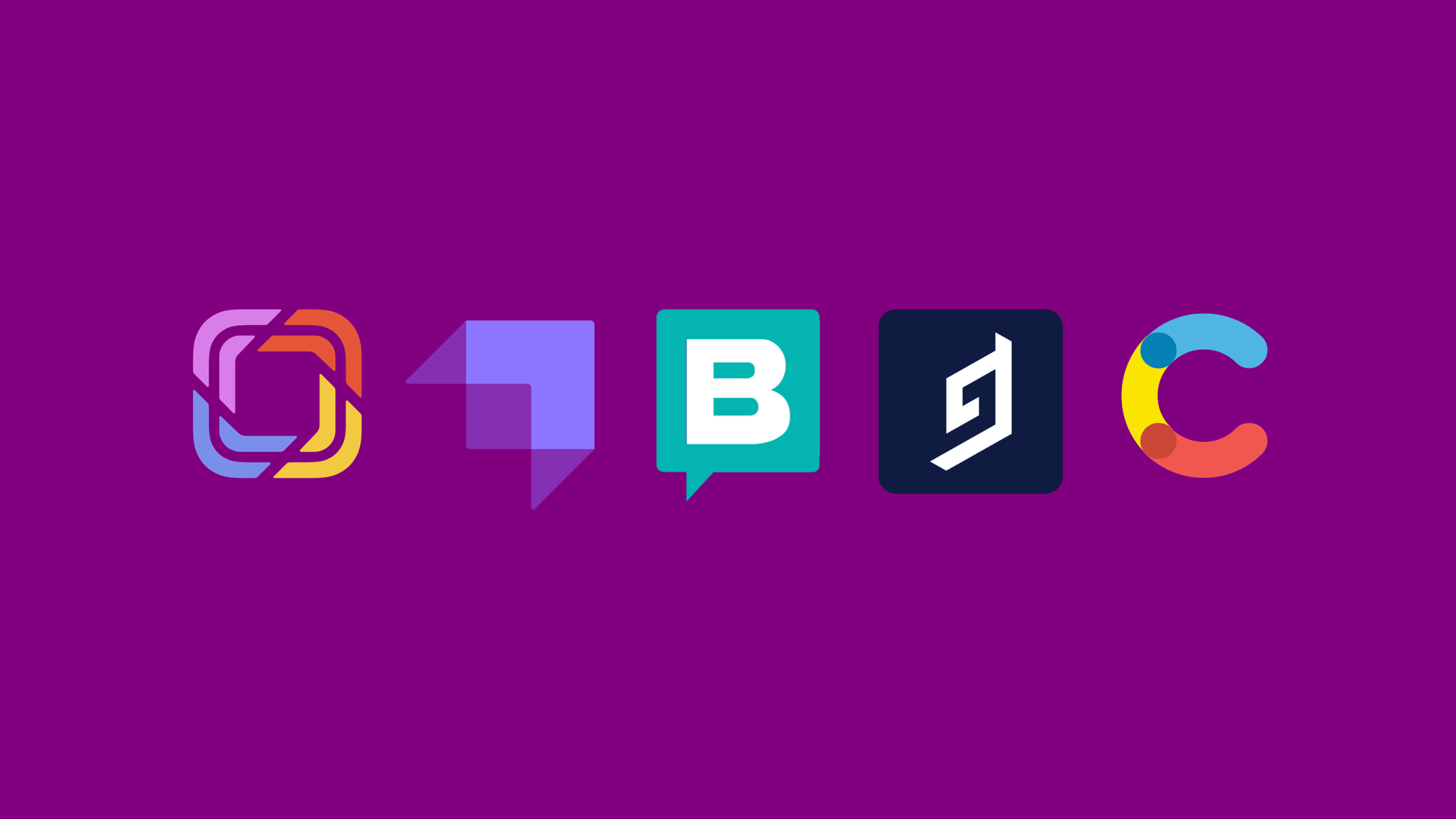
Next.js is probably the best choice for building fast, server-rendered web applications (this is why we built our Figma to Next.js tool).
When coupled with the right Content Management System (CMS), it can help you build great products. Here we went through the five best headless CMS options that integrate with Next.js, considering their features, ease of use, and overall performance.
1. Prismic
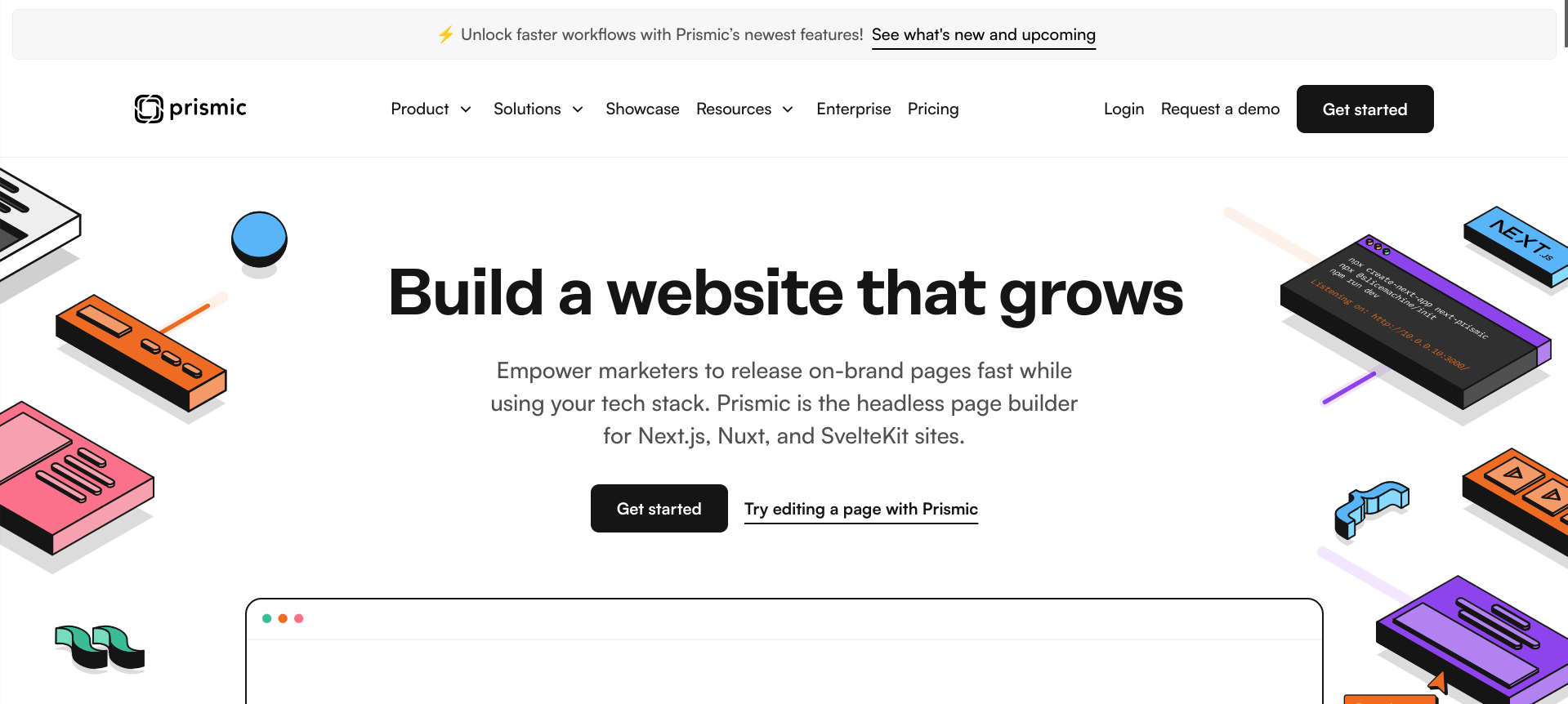
Overview: Some high traffic e-commerce websites use Prismic to manage their content (Kaplan, Eataly to mention a couple). They offer a pretty powerful API and a user-friendly interface.
Key Features:
- Ease of Integration: Prismic provides a native SDK for Next.js, simplifying the process of querying data and displaying content.
- Slice Content Modeling: Its slice-based content modeling (read more about it here) makes developers life easy when creating dynamic layouts.
- Performance: Utilizes a CDN for fast content delivery, ensuring quick load times essential for user experience.
- Community Support: Prismic has extensive documentation and a supportive community.
We are currently using Sanity but after having checked Prismic, it seems like this is the best match between Next.js and a CMS.
2. Strapi

Overview: Strapi is an open-source Node.js-powered CMS. Some argue that for SaaS or highly custom solutions, alternatives like PayloadCMS, Directus, or traditional frameworks (e.g., Nest.js) might a better fit.
Examples of Strapi being used as a CMS include: Netlify, Fiverr, Sentry.
Key Features:
- API Flexibility: Supports both RESTful and GraphQL APIs, allowing developers to choose their preferred method of data fetching.
- Customizable Admin Panel: Strapi's admin panel can be tailored to fit specific project needs, enhancing usability.
- Database Support: Compatible with various databases like SQLite, MySQL, and PostgreSQL.
- Scalability: Ideal for projects that may grow in complexity over time due to its modular architecture.
Strapi is perfect for developers who need high customization for their project and quick iterations.
3. Storyblok
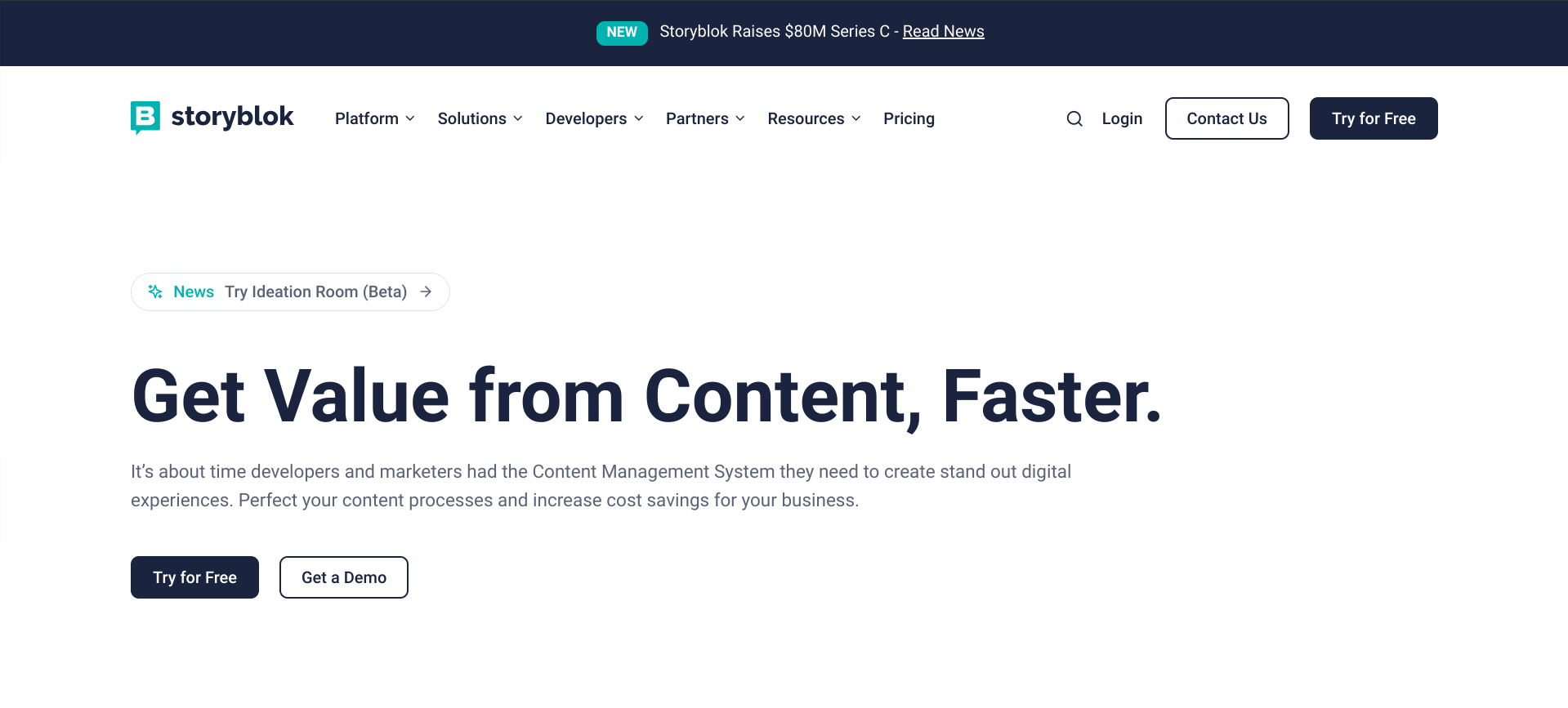
Overview: Storyblok is a headless CMS with great visual editing capabilities (you can watch here) and component-based architecture.
Key Features:
- Visual Editor: Comes with a real-time visual editor that allows both technical and non-technical users to manage content effectively.
- Component-Based Architecture: Facilitates reusability, ensuring consistency across different pages.
- Integration Capabilities: Offers solid APIs (REST and GraphQL, as said) that integrate with Next.js applications.
- SEO Optimization Tools: Has some pretty handy built-in tools that help optimize content for search engines.
Storyblok is perfect for teams looking for a user-friendly CMS that empowers Marketing teams and non technical content creators (the real users of a CMS, at the end of the day).
4. Hygraph
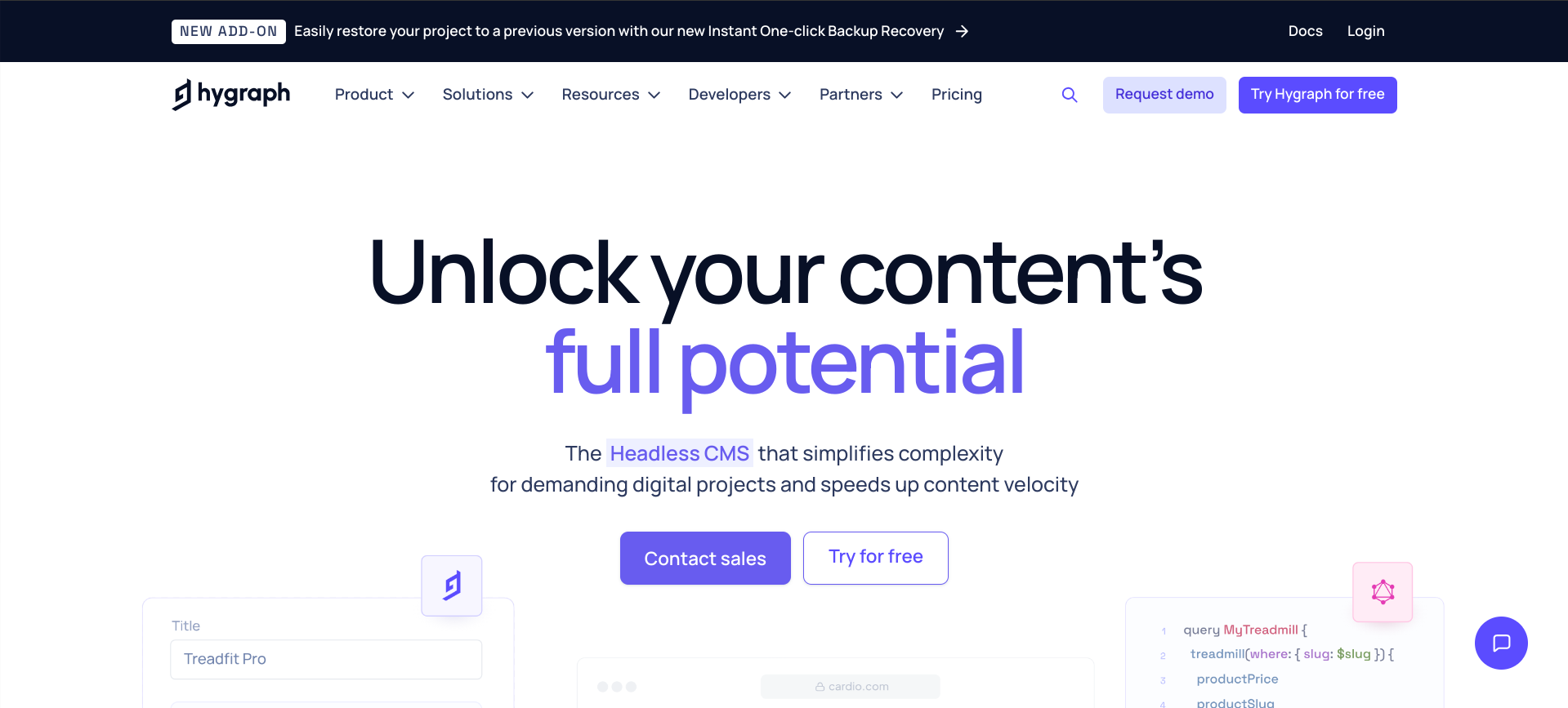
Overview: Hygraph (they used to be called GraphCMS) is a GraphQL-native CMS designed for complex projects (where data fetching counts).
Samsung Germany and Dr. Oetker are two examples of platforms that rely on Hygraph.
Key Features:
- GraphQL Focused: Its GraphQL API allows for pretty accurate data fetching, aligned with Next.js's data-fetching strategies.
- Real-Time Collaboration: Provides collaborative editing capabilities, making it easier for teams to work together on content updates.
- Rich Media Management: Advanced media handling capabilities for efficiently managing images and videos.
- Schema Management Tools: Intuitive interface for managing content schemas, integrated with Next.js's dynamic routing.
Hygraph is ideal for teams needing advanced features when managing complex content.
5. Contentful

Overview: Contentful is a nice compromise between flexibility, speed and scalability. It is not a very opinionated product and allows developers to use it in different ways.
Ikea, Notion, Stripe are three examples of companies using Contentful as their CMS.
Key Features:
- Easy Integration with Next.js: Offers both RESTful API and GraphQL endpoints.
- Content Modeling Flexibility: Allows the creation of complex content structures.
- Performance Optimization: Designed for speed with optimized delivery APIs (which seconds Next.js philosophy).
Contentful is probably best suited for enterprises or larger projects requiring scalability.
What happens with Figma?
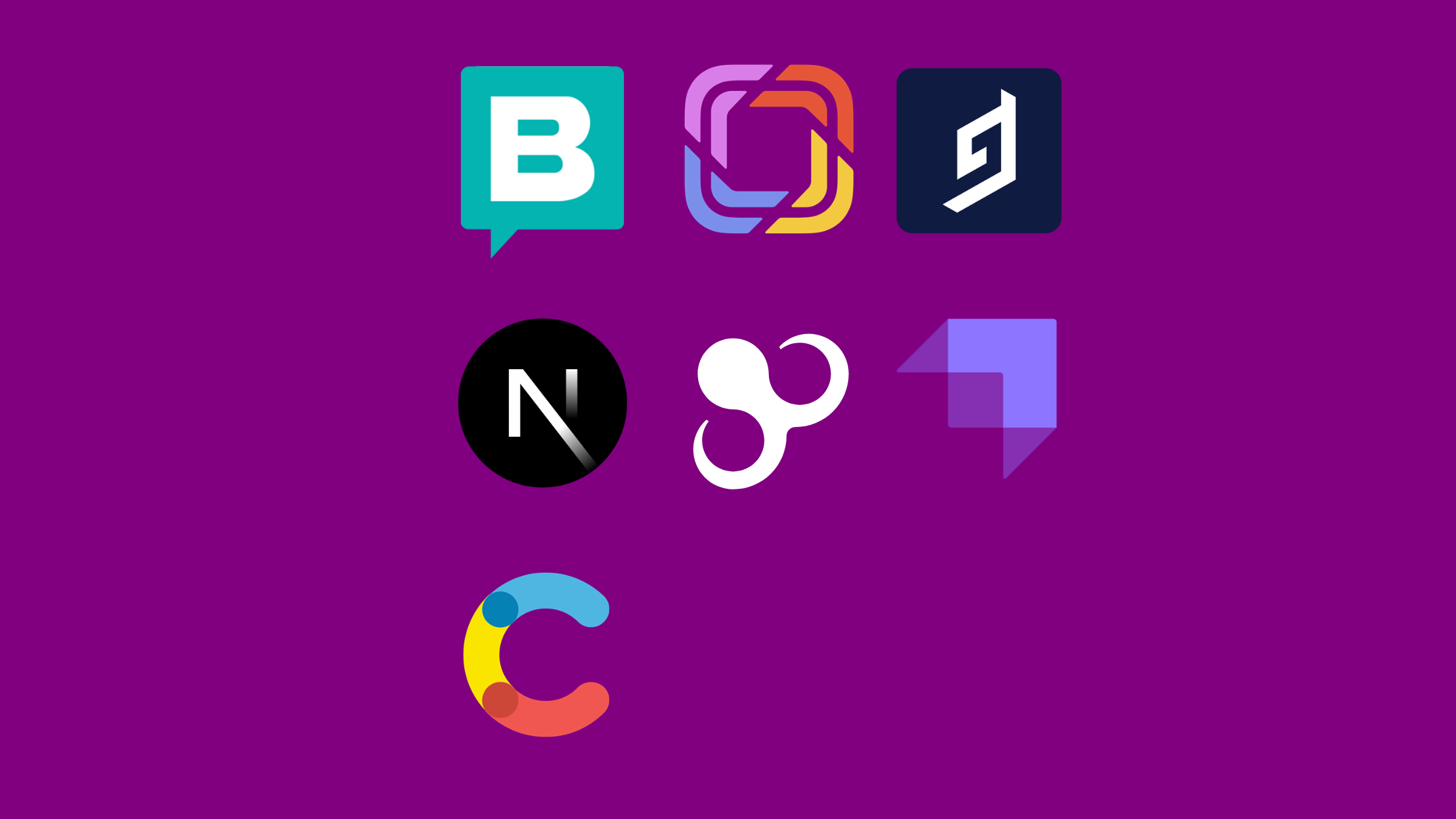
Choosing the right CMS is key.
But it is only part of the story.
When working with the UI (and Figma designs), using any CMS together with Next.js and Polipo enables speed never thought possible.
Polipo lets you synchronize any design on Figma with the UI of the product, without generating source code.
Sounds incredible?
Start here.